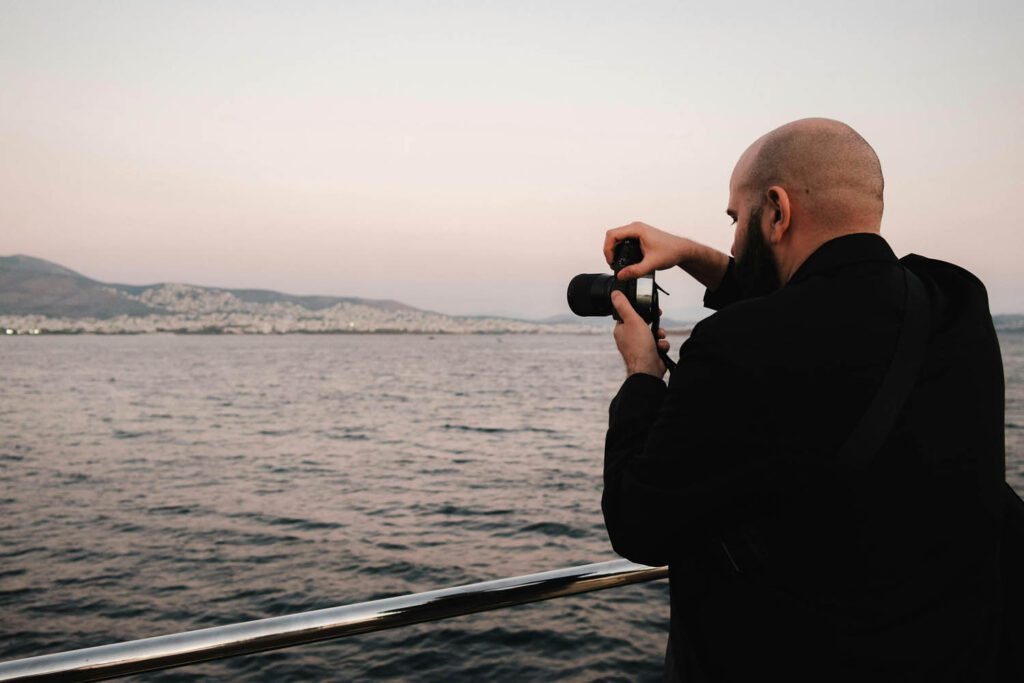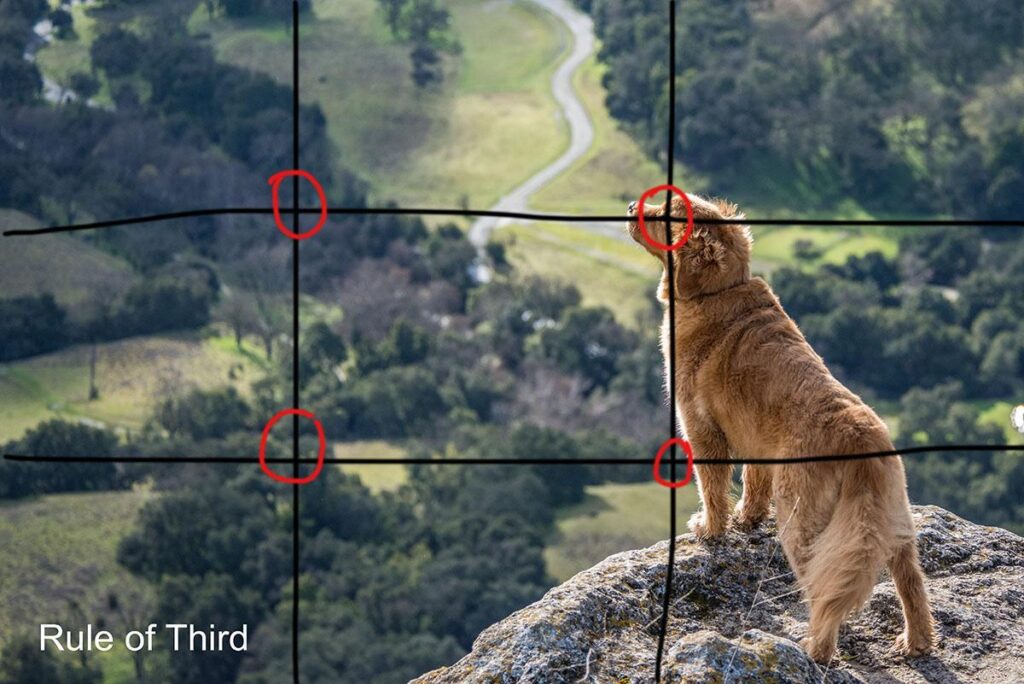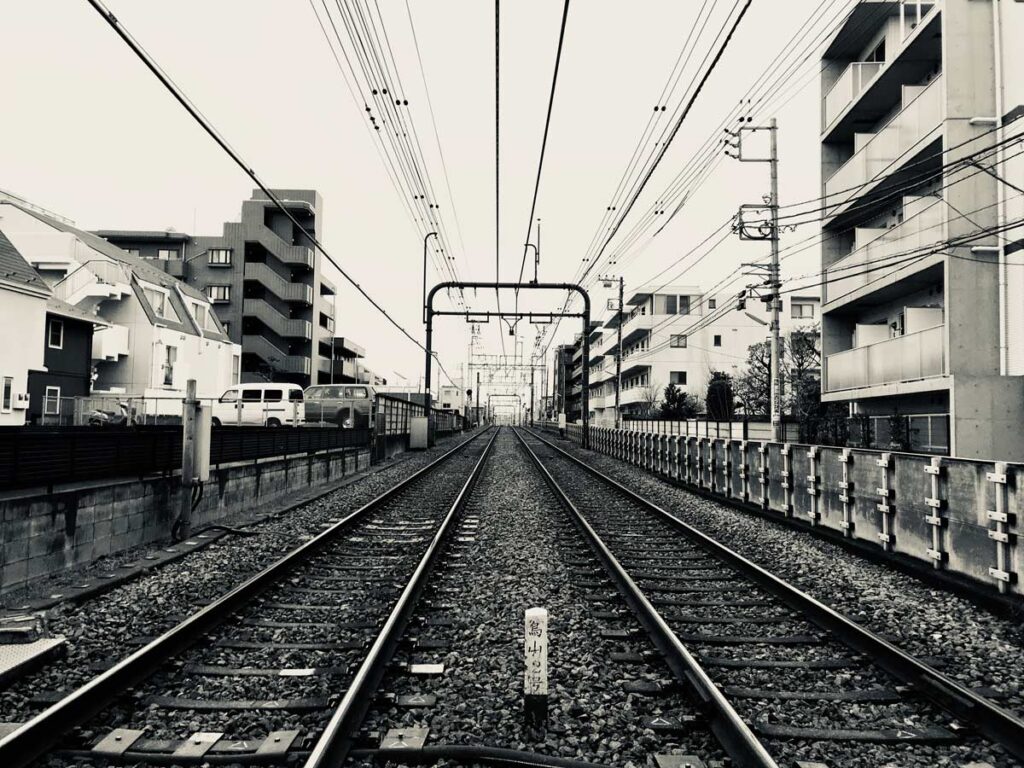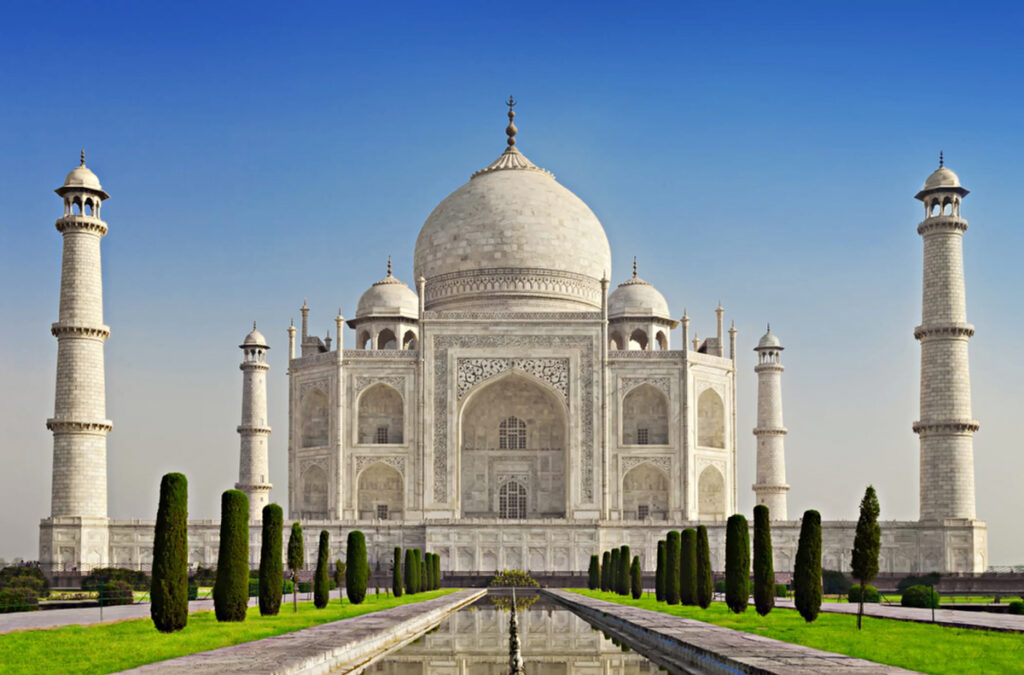Photography is an exciting and creative hobby that allows you to capture special moments and beautiful scenes. Whether you’re using a smartphone, a simple point-and-shoot camera, or a more advanced DSLR, knowing the basics can help you take better photos. This guide will explain photography basics in simple terms and give you tips to improve your skills.

1. Getting to Know Your Camera
Before you start taking photos, it’s important to understand your camera. Spend some time exploring its settings and modes. Here are some common camera modes you should know about:
- Auto Mode: The camera does everything for you. This is great if you’re just starting out.
- Manual Mode (M): You have control over all the settings, giving you more creative freedom.
- Aperture Priority (A or Av): You set the aperture, and the camera adjusts the shutter speed.
- Shutter Priority (S or Tv): You set the shutter speed, and the camera adjusts the aperture.
2. The Exposure Triangle

The exposure triangle is made up of three key settings: aperture, shutter speed, and ISO. These settings control how much light hits the camera’s sensor, which affects how bright or dark your photo is.
- Aperture: This is the opening in the lens that lets light in. It’s measured in f-stops (like f/2.8 or f/5.6). A lower f-stop means a larger opening, which lets in more light and creates a blurry background (great for portraits). A higher f-stop means a smaller opening, which lets in less light and keeps more of the scene in focus (great for landscapes).
- Shutter Speed: This is how long the camera’s sensor is exposed to light. It’s measured in seconds or fractions of a second (like 1/250 or 1/60). A fast shutter speed freezes motion (great for action shots), while a slow shutter speed can create motion blur (great for showing movement).
- ISO: This measures the camera sensor’s sensitivity to light. A lower ISO (like 100) is good for bright conditions and produces less noise (graininess). A higher ISO (like 1600) is better for low light but can add more noise to your photos.
Balancing these three settings will help you get the right exposure for your photos.
3. Composition Techniques
How you arrange elements in your photo (composition) can make a big difference. Here are some easy techniques to try:
- Rule of Thirds: Imagine your photo is divided into a 3×3 grid. Place your main subject where the lines intersect for a balanced look.
- Leading Lines: Use lines in the scene (like roads, paths, or fences) to guide the viewer’s eye to your subject.
- Framing: Use objects in the foreground (like trees or windows) to frame your subject and draw attention to it.
- Symmetry and Patterns: Symmetrical scenes and repeating patterns can be very pleasing to the eye.
4. Understanding Lighting
Good lighting can make a huge difference in your photos. Here are some tips on using light effectively:
- Natural Light: The sun provides the best natural light. Early morning and late afternoon (known as the golden hour) offer soft, warm light that’s perfect for photos.
- Artificial Light: Indoor lights or a camera flash can help when natural light isn’t available.
- Light Direction: Think about where the light is coming from. Front lighting evenly lights up your subject, side lighting adds depth and texture, and backlighting can create interesting silhouettes.
5. Practice and Experiment
The best way to improve your photography is to practice and experiment. Try different settings, compositions, and lighting conditions. Don’t worry about making mistakes—every photo is a chance to learn and improve.
Conclusion
Photography is a fun and rewarding hobby that lets you capture the world in your own unique way. By understanding your camera, mastering the exposure triangle, using composition techniques, and learning how to work with light, you’ll be on your way to taking amazing photos. Remember to keep practicing and, most importantly, have fun with your photography journey!




